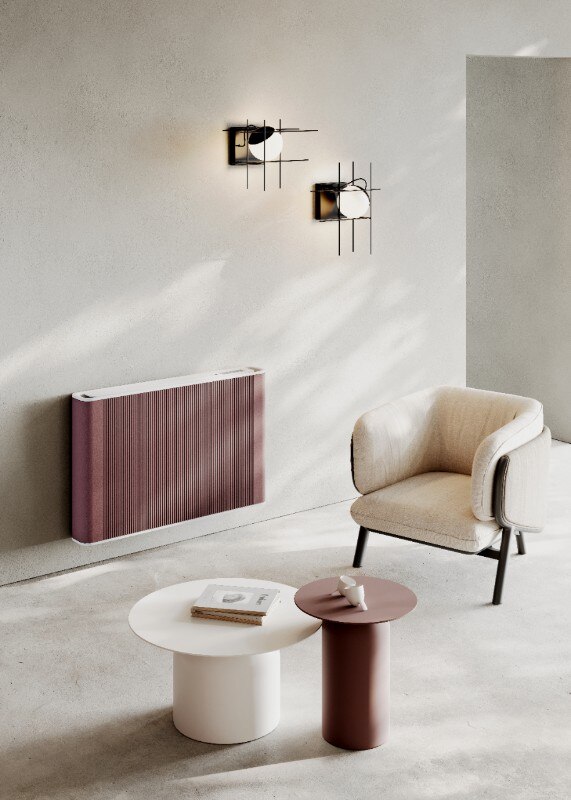



From July 10 until September 28, 2014
Preview on July 9, h 19.30
Tacita Dean
Craneway Event
Spazio Culturale Antonio Ratti
Largo Spallino 1, Como

With Titano, design meets performance
The Titano aluminium range by Oknoplast continues to stand out thanks to its high-performance and minimalist design — especially when combined with the Lunar Square handle.




